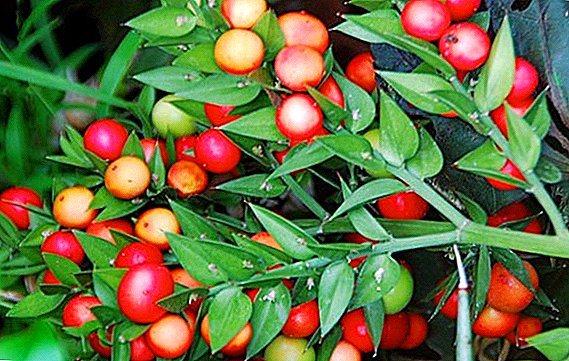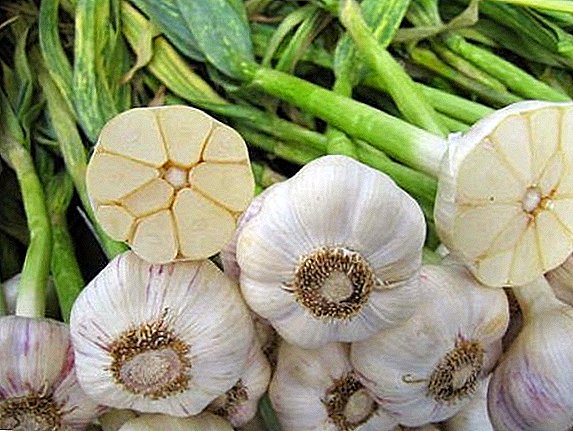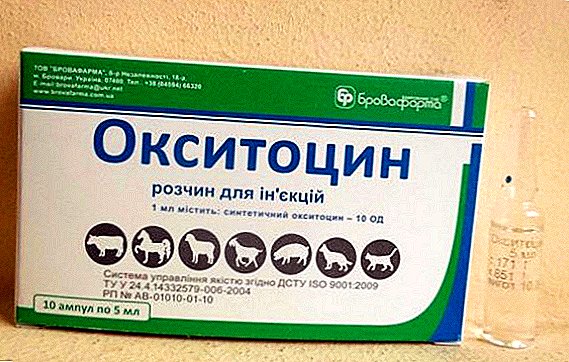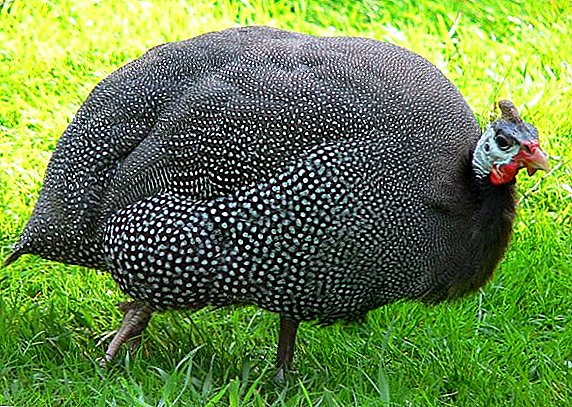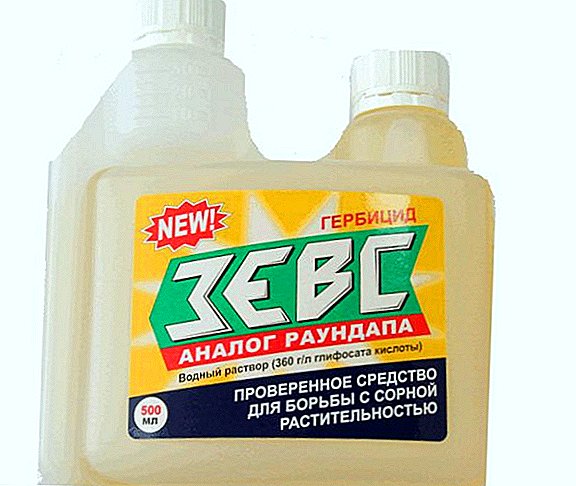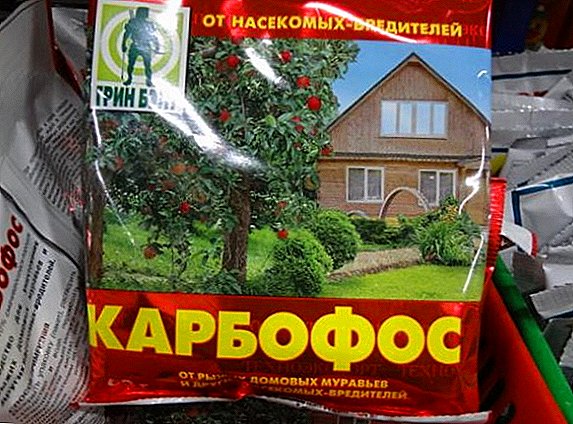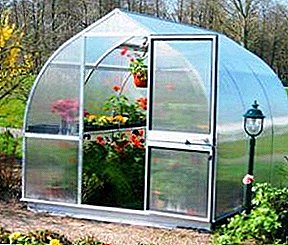
The polycarbonate greenhouse frame is always subjected to serious environmental stresses. Wind and snow in the event that the structure is not reinforced by additional struts, can lead to unpleasant consequences, namely: partially or completely destroy the structure.
The winter period is especially critical for it, when a large amount of snow accumulates on the sloping surface. Therefore, any caring owner should be puzzled by the problem of how to strengthen the greenhouse before the onset of winter.
What can damage the foundation
The habitual arched greenhouses differ in shape, which is very convenient for snow slipping. But why does it still accumulate on their roofs?
The point here is in the properties of cellular polycarbonate. In winter weather, even if the temperature dropped to -15 ° C, inside the building it is up to + 5 °. The surface heats up, snow melts on it, and as the sun rises it freezes. The roof becomes rough, thereby forming the basis for the accumulation of solid snow cover, which sometimes weighs up to 80 kg.
Now compare. The "skeleton" of the greenhouse is usually made of metal profile, which is the most common material. And the load that he is able to withstand is no more than 50 kg / m2. It is quite obvious that it is necessary to strengthen the structure.
The safest covering material is glass, under which usually a strong base is made in a greenhouse. In the case of such a roof for the accumulation of snow, you can not worry. If you choose polycarbonate, it is best to buy its sheets with a thickness of 6 or more millimeters. They will not sag under the weight of the snow cap.
What determines the strength
As it became clear from the above, the roof may collapse due to a weak base. Manufacturers often save on the cross section of galvanized profile. At the same time, their products are becoming cheaper and more affordable, but its quality drops noticeably. You can solve this problem in the following ways:
- disassemble the building for the winter;
- periodically remove snow from the roof of the finished structure;
- install special props (although this does not guarantee the integrity of the building);
- buy a model with a reinforced frame;
- Strengthen the base with his own hands, building it from wood or profile.
 The planned repair of the structure and its reinforcement, of course, begins with the inspection of the structure, including all the details. First of all, carefully inspected polycarbonate. Special attention is paid to all of its cracks, dents, bulges. Opacification can also be a cause for concern. In addition, the entire building is checked for roll or warps. For this purpose it is best to use a level.
The planned repair of the structure and its reinforcement, of course, begins with the inspection of the structure, including all the details. First of all, carefully inspected polycarbonate. Special attention is paid to all of its cracks, dents, bulges. Opacification can also be a cause for concern. In addition, the entire building is checked for roll or warps. For this purpose it is best to use a level.
If damage is not observed, the walls of the greenhouse can simply be cleaned inside and outside, sanitized and, if necessary, partially replaced the soil. Well, if the damage is still found, the strengthening of the greenhouse will be required.
How to strengthen a polycarbonate greenhouse
Strengthen the design of the most reliable and with a minimum of financial costs in several ways.
In order for the "skeleton" not to collapse completely, it is necessary to carry out its periodic cleaning and cover the surfaces with compositions specially intended for this purpose. Metal profiles and wood are well washed. It is recommended to clean all affected areas with a small “skin”, then the surface is coated with antiseptics, varnish, anti-corrosion compounds.
Duplicate arcs
Using a piece or using a profile bending machine, you need bend extra arcs. They should be smaller than the radius of the supporting structures of the greenhouse. For their manufacture, you will need reinforcement, metal-roll or strong pipes, preferably of square section. Fastening is carried out by the method of electric welding on five-centimeter posts of similar material.
Often use the arc of the same diameter. But they are not placed below the set, and next, as a rule, through the meter. So you can strengthen the frame with maximum efficiency: the structure will withstand a mass of snow up to 240 kg / m2.
Attention! When using electric welding, the joints are necessarily descaled and covered with anti-corrosion paint.
Replacement of covering material
 Before strengthening the "skeleton" should definitely pay attention to polycarbonate and its thickness.
Before strengthening the "skeleton" should definitely pay attention to polycarbonate and its thickness.
Inexpensive package options are most often made from a covering material 4 mm thick. But in order for such a building to stand all year round, it is not suitable. As already mentioned above, polycarbonate with a thickness of 6 mm is more suitable for walls, and 8 mm for a roof (if the roof is gable).
Props
The most common way to enhance and create a durable polycarbonate greenhouse is installation of props. They are made of timber, planks and other durable material.
 The supports for the polycarbonate model are of two types. Along the supporting structures establish longitudinal: they support the ridge of the roof. But on the transverse arc attached, respectively, transverse props. For them, the material requires more, and in their structure they are more complicated. Nevertheless, the design is more reliable and can withstand a lot of snow weight.
The supports for the polycarbonate model are of two types. Along the supporting structures establish longitudinal: they support the ridge of the roof. But on the transverse arc attached, respectively, transverse props. For them, the material requires more, and in their structure they are more complicated. Nevertheless, the design is more reliable and can withstand a lot of snow weight.
Often roof ridge also strengthened additional vertical element.
Features of strengthening
We should not forget about the time in which the building should be strengthened. Props are installed before the colduntil the earth finally froze.
Strengthening the frame - this is only one type of reinforcement. But you should think about the basis garden building. It should stand firmly on the ground in order to adequately resist the strong wind. This will prevent its unauthorized movement.
It should be noted that the lightweight construction, besides, characterized by high windage, can come off very easily from the soil surface. Therefore, it will not be superfluous to pre-install it on strip foundation. If at installation of a greenhouse on the basis all rules are observed, problems will not arise.
But a monolithic and binding foundation can, for various reasons, crack. And here, too, you need to take action immediately. Most often, a foundation must be drilled and an exact identification of the place where a crack is formed. After this, the fault is filled with a special solution. Undermining should be done carefully so that the crack does not accidentally increase.
Frame problems
Most often, gardeners prefer a simple wooden frame. To him in the instructions for installing a greenhouse presents the minimum requirements. But in some models attention is paid to its fastening with L-shaped brackets to the ground surface. In this case, reinforcement bars (diameter - up to 0.95 cm) act as a fastener. Their presser side usually has a length of 15-20 cm. A long, embedded in the ground - up to 45 cm.
 All the above troubles do not occur immediately. Damage to the polycarbonate or the slope of the entire building happen gradually.
All the above troubles do not occur immediately. Damage to the polycarbonate or the slope of the entire building happen gradually.
But a suddenly bent metal profile or board crash can occur suddenly. And you need to respond to this as quickly as possible. The metal is straightened, the board is knocked together (as a rule, a bar hammered over it with an overlap is enough).
To prevent the problem from repeating, the weak point must be fixed and reinforced by installing an additional column. But, if possible to replace broken or damaged part completely, you need to do it. Only it is not recommended to do it in the cold or in the rain. Nothing good will come of such a venture.
Thermoplastic problems
If turbidity or darkening of polycarbonate occurred, moisture appeared in the comb, and the plates swell or bulge in hot weather, these defects should also be eliminated. The surest way is completely replace thermoplastic.
Conclusion
In conclusion, it should be noted that upon detection of greenhouse damage and their subsequent elimination, the most important step is identify the cause of such. Only in this case, similar faults can be avoided in the future.



